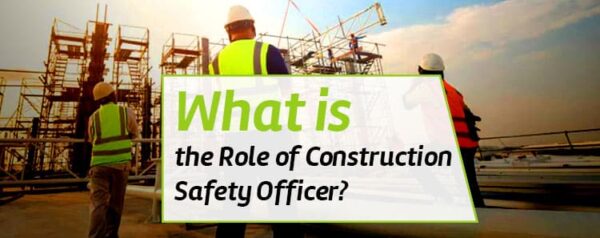Construction Safety Officer
 A construction safety officer may take on additional roles and responsibilities, but their primary job is to create a safe work environment in the construction sites with sufficient measures based on the following:
A construction safety officer may take on additional roles and responsibilities, but their primary job is to create a safe work environment in the construction sites with sufficient measures based on the following:
Safety Trends in Construction
The future of construction is shifting towards augmented reality, 3D models, building information modelling (BIM), and other technologies that could change the way a safety officer interacts at the workplace. All the technology used in construction helps safety officers to detect and be aware of potential hazards earlier in the planning process to avoid accidents.
Policy and Regulation Maintenance
Develop, implement, and enforce adequate measures to minimize the possibilities of risks. As well, the safety officers are responsible people to train the employees with the latest standards of occupational health and safety policies regularly.
Site Safety Inspection
Inspecting workplaces/site conditions to establish procedures and policies to overcome those hazardous situations. Also, looks for broken equipment, defective tools, and other potential hazards; makes sure that workers are provided with appropriate PPE’s and explains how to use and when to use.
Accident Investigation
The safety officer’s main responsibility is to diminish or eliminate the possible factors of the workplace accident. But if an accident occurs, investigate to identify the root causes, what procedures may have gone wrong, and to gather the evidence necessary to define the reason for the accident.
After finishing the investigation, document a report based on the results to recommend implement adequate precautions to avoid such incidents in the future.
Record Keeping
Reviewing and following all the requirements of state and federal safety standards; also, submits the OSHA form 300, which is a summary of all injuries that resulted in lost work time, restricted duties, or job transfers.
Miscellaneous Responsibilities of Safety Officer
• Verifying the injury reports are submitted to the concerned person or team
• Frequently conducting emergency response drills among the workers
• Coordinate registration and removal of hazardous waste from the workplace
• Ensure that regulations from Department of Labour inspectors are followed



